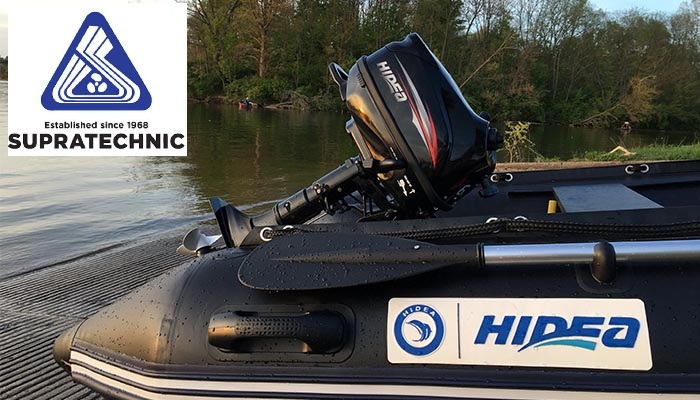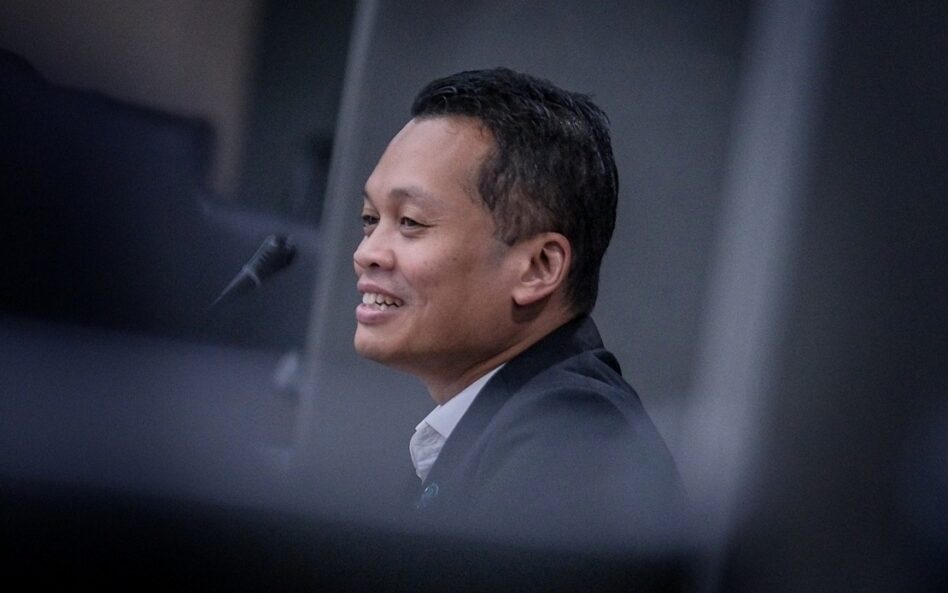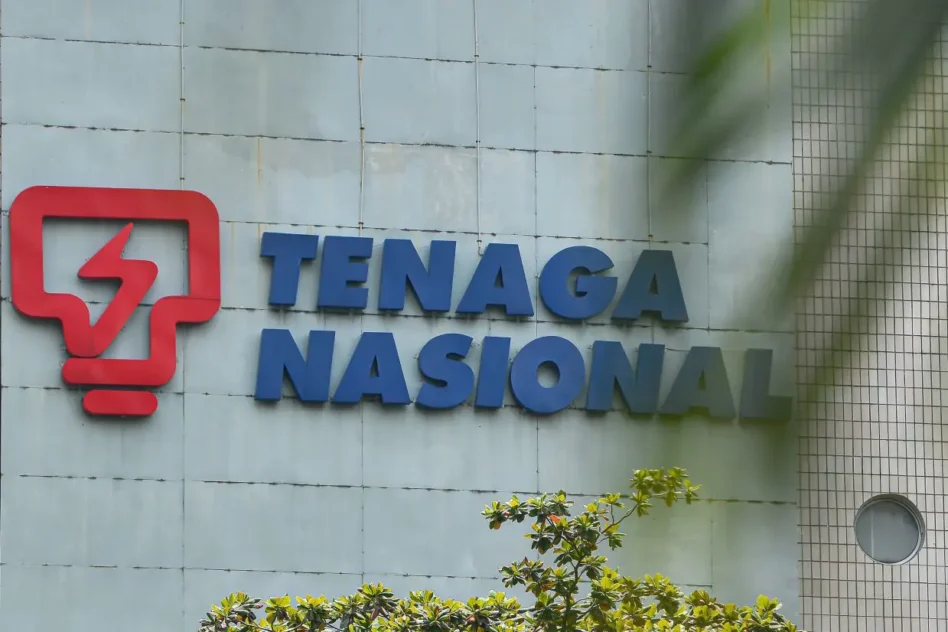WHEN the COVID-19 pandemic hit, border closures and travel restrictions remain a crucial part of many countries’ strategy to combat the novel coronavirus.
While this is the best measure to keep the pandemic contained, this isn’t a sustainable strategy for the world’s economy in the long run. In fact, experts have warned that keeping international borders sealed cannot be kept up indefinitely – economies have to open up, people have to work, trade has to resume.
Therefore, when the announcement came that Malaysia and Singapore are planning to recognise their respective COVID-19 vaccination certificates as part of a broader Southeast Asian effort to revive travel and business amidst the pandemic, there is a collective sigh of relief.
This is an excellent idea. Both the Malaysian and Singaporean authorities need to see that this be implemented as soon as possible, because thousands of jobs and livelihoods, and not to mention, investments, depend on the free-flow of travel between these two countries.
The implementation of such a measure would allow for life to return to some semblance for normalcy, especially for Malaysians working and/or residing in Singapore, and for Singaporeans in Malaysia.
Before the pandemic, it is estimated that more than 300,000 Malaysians travel across the Johor Singapore Causeway every day, making it one of the busiest overland border crossings in the region. When the pandemic hit, this came to a grinding halt.
Businesses, particularly in Johor Bahru, took a major hit without the usual support of Singaporeans or Malaysians returning from the island republic, while Singaporean businesses that rely on employees from Malaysia, too, were left in limbo due to the stringent border controls.
If anything, the COVID-19 pandemic has reinforced how deeply interdependent Malaysia and Singapore are, and how challenging it can be for businesses with the travel restrictions in place.
This is why it is so crucial to see that the necessary measures be implemented to facilitate travel between the two countries while adhering to the highest levels of safety precautions.









